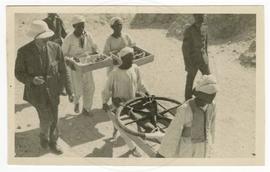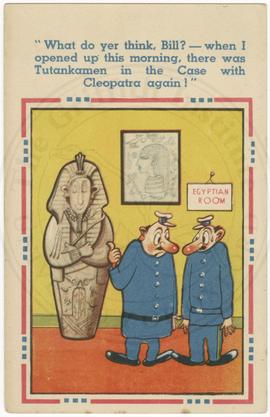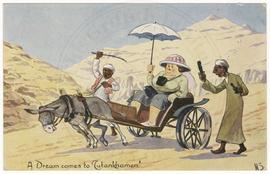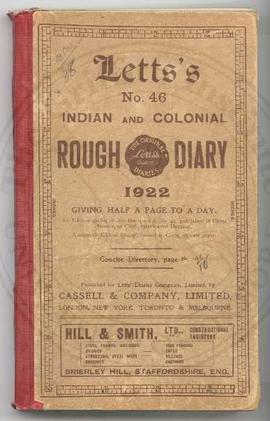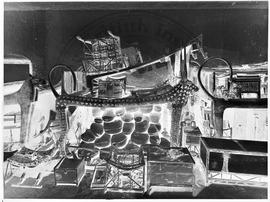Carrying a chest up the tomb's rockcut staircase
- TAA ii.6.76
- Pièce
- 1923
Fait partie de Tutankhamun Archive
- Postcard
- Photograph, photographer not known.
- The photograph was probably taken in early 1923; the postcard's production date is unknown, but it was almost certainly in the 1920s.
- Two Egyptian team members carrying a white chest (Carter 50) up the rock-cup steps leading out of Tutankhamun's tomb, with Howard Carter assisting (head visible behind the left shoulder of the man at the front). This chest contained many items of Tutankhamun's wardrobe.

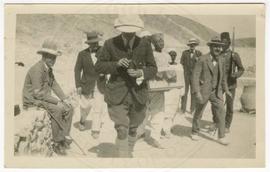
![Transporting Tutankhamun's "mannequin" [1]](/uploads/r/null/c/6/9/c6989faf4715475b8610a391b2f70fa89105333f6c3010bf5513e38d1be0ac67/TAA_ii_6_81awm_142.jpg)
